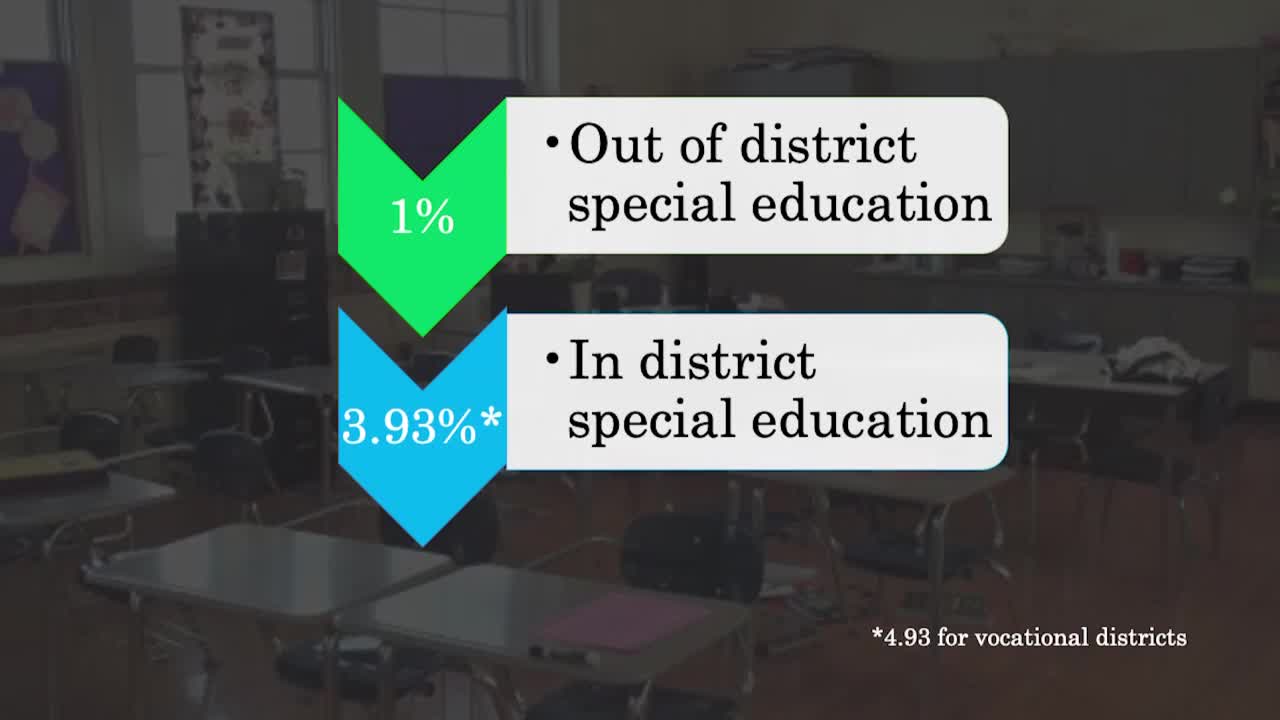Education Funding Faces Major Changes Amid Inflation Concerns
December 02, 2024 | Wayland Public Schools, School Boards, Massachusetts
This article was created by AI summarizing key points discussed. AI makes mistakes, so for full details and context, please refer to the video of the full meeting. Please report any errors so we can fix them. Report an error »

In a recent government meeting, officials discussed the ongoing implementation of the Student Opportunity Act, which aims to enhance funding for education across the state. The meeting highlighted a goal of achieving a 4% funding rate, with regional vocational districts currently at 4.93% and moving towards 5%. This funding model is based on an assumption that 4% of the student population requires special education services, a figure derived from a 2015 statewide review.
The conversation also addressed the complexities of calculating inflation rates for the foundation budget, which are capped at 4.5% under the Act. Officials noted that while recent inflation rates have been influenced by federal funding programs like ARPA and ESSER, the actual inflation rate for the upcoming fiscal year is projected to be around 2%. This is a significant decrease from previous years, where inflation rates soared due to increased spending from these federal programs.
The meeting underscored the importance of enrollment numbers and demographic changes in shaping the foundation budget. Officials pointed out that fluctuations in the number of students, particularly those requiring special education services or who are English learners, can significantly impact funding allocations. For instance, districts with a high concentration of English learners face unique challenges in meeting diverse educational needs.
As the Student Opportunity Act continues its phased implementation, officials expressed optimism about its potential to address long-standing funding disparities in education. The Act is expected to be fully funded by 2027, with ongoing discussions about its impact on local districts and their ability to adapt to changing student populations.
The conversation also addressed the complexities of calculating inflation rates for the foundation budget, which are capped at 4.5% under the Act. Officials noted that while recent inflation rates have been influenced by federal funding programs like ARPA and ESSER, the actual inflation rate for the upcoming fiscal year is projected to be around 2%. This is a significant decrease from previous years, where inflation rates soared due to increased spending from these federal programs.
The meeting underscored the importance of enrollment numbers and demographic changes in shaping the foundation budget. Officials pointed out that fluctuations in the number of students, particularly those requiring special education services or who are English learners, can significantly impact funding allocations. For instance, districts with a high concentration of English learners face unique challenges in meeting diverse educational needs.
As the Student Opportunity Act continues its phased implementation, officials expressed optimism about its potential to address long-standing funding disparities in education. The Act is expected to be fully funded by 2027, with ongoing discussions about its impact on local districts and their ability to adapt to changing student populations.
View full meeting
This article is based on a recent meeting—watch the full video and explore the complete transcript for deeper insights into the discussion.
View full meeting
